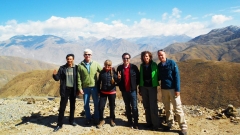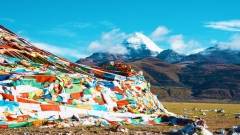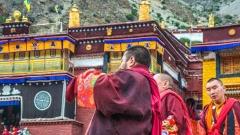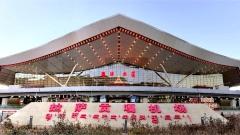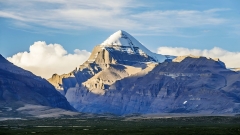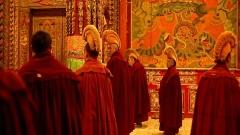Tibet is not only a geographical marvel but also a deeply spiritual land. Dotted across its vast plateau are monasteries and temples that have stood for centuries—repositories of sacred knowledge, intricate artistry, and unwavering faith. These structures are more than religious institutions; they are living chronicles of Tibetan history, culture, and devotion. For those seeking profound encounters with Buddhism, breathtaking Himalayan vistas, and a brush with the divine, a pilgrimage to Tibet’s monasteries is truly transformative.
1. Jokhang Temple: The Spiritual Heart of Tibet
Situated in the heart of Lhasa, the Jokhang Temple is considered the most sacred and important temple in Tibetan Buddhism. Built in the 7th century by King Songtsen Gampo, it houses the revered Jowo Shakyamuni statue, believed to have been blessed by the Buddha himself.
Pilgrims travel from the furthest corners of the Tibetan plateau to prostrate themselves along the Barkhor Street circuit, encircling the temple in prayer. Its golden roof shines brilliantly under the Lhasa sun, while inside, dimly lit corridors hum with the murmur of mantras and flicker with butter lamps. Jokhang is not just a monument; it’s a living heart where devotion pulses visibly and audibly.
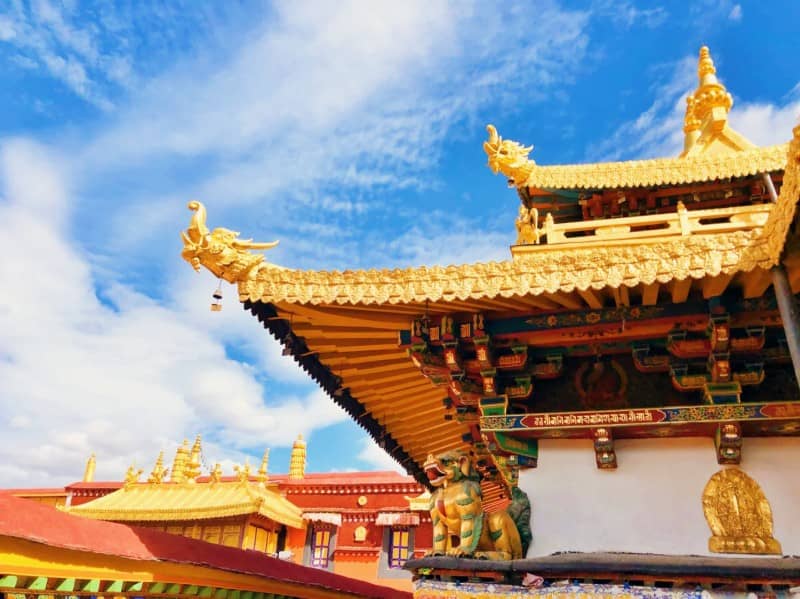
Jokhang Temple
Highlights:
-
Jowo Shakyamuni statue
-
Barkhor kora (pilgrimage path)
-
Ancient murals and relics
-
Daily offerings and chants
2. Potala Palace: A Majestic Citadel of Faith
Although more of a palace than a temple, the Potala is inextricably linked with Tibetan Buddhism. Towering above Lhasa at 3,700 metres, this iconic red-and-white structure once served as the winter residence of the Dalai Lamas and the administrative heart of Tibet.
Today, it’s a museum and spiritual symbol that commands awe with its 1,000 rooms, shrines, tombs of previous Dalai Lamas, and precious artefacts. The blend of religious sanctity and architectural brilliance makes the Potala an essential visit for any traveller.
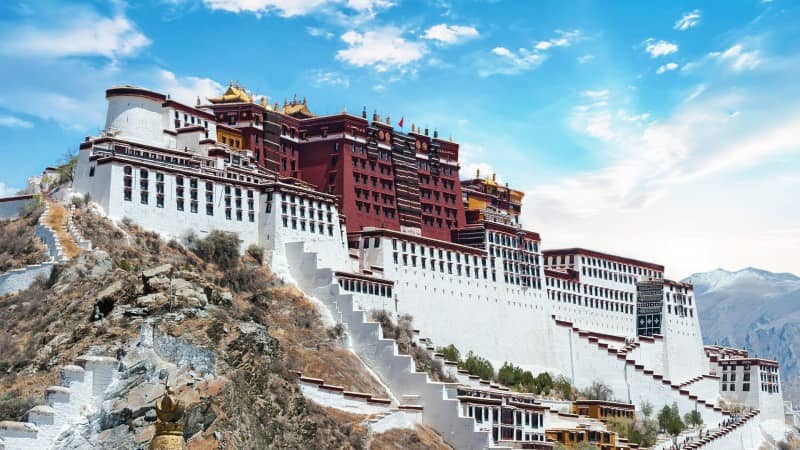
Potala Palace
Highlights:
-
Tomb stupas of former Dalai Lamas
-
Panoramic view of Lhasa from the roof
-
Frescoes narrating Buddhist cosmology
-
Impressive elevation and grandeur
3. Sera Monastery: The Debating Monks of Lhasa
North of Lhasa lies Sera Monastery, one of the three great Gelugpa university monasteries. It’s most famous for its lively monk debates, held in the monastery courtyard almost every afternoon. These debates are more than mere ritual; they’re a dynamic intellectual exercise where gestures, claps, and rebuttals bring Buddhist philosophy to life.
Founded in 1419 by a disciple of Tsongkhapa, Sera also boasts exquisite artwork, large thangka murals, and a serene setting against the backdrop of rugged hills.
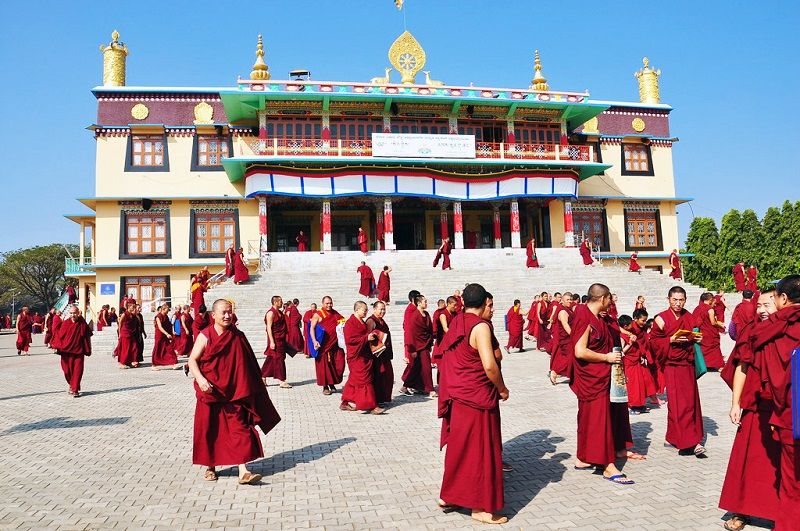
Sera Monastery
Highlights:
-
Monk debate sessions
-
Sera Je and Sera Me colleges
-
Colorful annual religious festivals
-
Traditional woodblock printing workshop
4. Drepung Monastery: Once the Largest in the World
Just west of Lhasa, Drepung Monastery was once the largest monastery in the world, housing up to 10,000 monks at its peak. It was the principal seat of the Gelugpa school and the original residence of the Dalai Lamas before the Potala Palace.
Spread across a hillside, Drepung resembles a monastic city, its white buildings shimmering under the sun. The Ganden Palace, large assembly halls, and numerous chapels provide a glimpse into a bygone era of monastic opulence and scholarly pursuit.
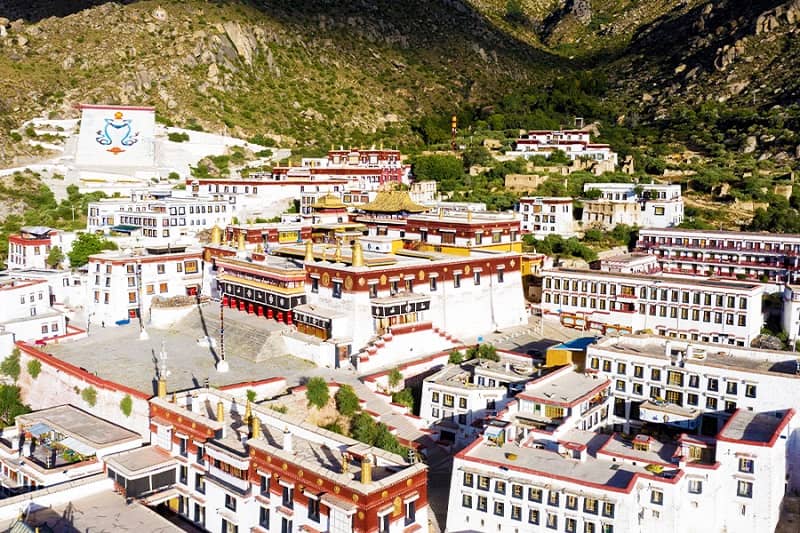
Drepung Monastery
Highlights:
-
Ganden Palace (former residence of Dalai Lamas)
-
Grand Assembly Hall
-
Philosophical schools and colleges
-
Stunning hilltop views
5. Tashilhunpo Monastery: The Seat of the Panchen Lamas
Located in Shigatse, Tashilhunpo Monastery is the traditional seat of the Panchen Lama, the second-highest figure in Tibetan Buddhism. Founded by the first Dalai Lama in 1447, the monastery remains one of the most culturally intact monastic institutions post-1959.
Its standout feature is the gigantic statue of the Maitreya Buddha, which towers over 26 metres in height and is made of copper and gold. The monastery complex, enclosed by a protective wall and adorned with red, white, and ochre hues, exudes grandeur.
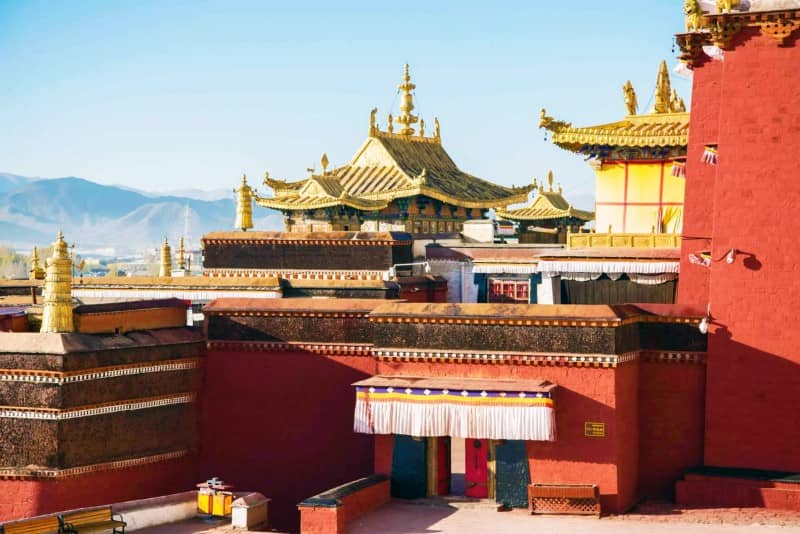
Tashilhunpo Monastery
Highlights:
-
Maitreya Buddha statue
-
Panchen Lama’s tomb stupas
-
Peaceful monastic quarters
-
Intricate wall art and prayer wheels
6. Samye Monastery: The First Buddhist Monastery in Tibet
Samye, founded in the 8th century under King Trisong Detsen, is Tibet’s first monastery and represents a pivotal moment in the region’s spiritual history—the formal establishment of Buddhism. Located near the Yarlung Tsangpo River, Samye’s layout is a three-dimensional mandala symbolising the Buddhist cosmos.
Its central temple fuses Indian, Chinese, and native Tibetan architectural styles, flanked by four chortens in varying colours. As a cradle of Tibetan monasticism, Samye evokes a timeless reverence and remains a cherished destination for devout pilgrims.
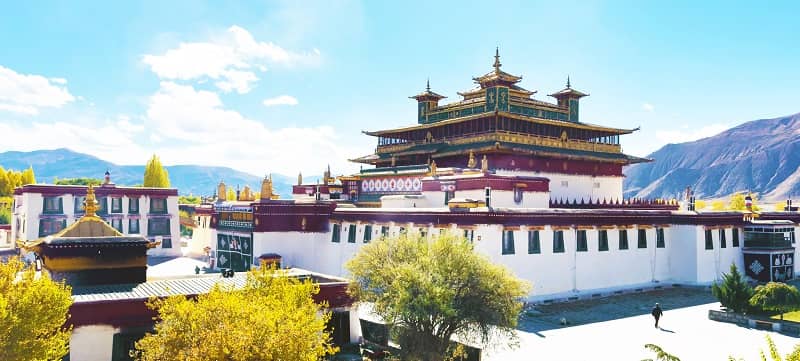
Samye Monastery
Highlights:
-
Mandala-based layout
-
Multi-style architectural fusion
-
Ancient murals and statues
-
Proximity to sacred Mount Hepo Ri
7. Ganden Monastery: The Crown Jewel of the Gelug Sect
Perched atop Wangbur Mountain to the east of Lhasa, Ganden Monastery is the founding monastery of the Gelug school, established by Tsongkhapa himself in 1409. Although heavily damaged during the Cultural Revolution, Ganden has undergone significant restoration and remains a revered centre of learning and devotion.
Pilgrims undertake a kora around the monastery’s perimeter, offering prayer flags and circling sacred rocks and stupas. The tomb of Tsongkhapa, enshrined in silver and gold, is a focal point of veneration.
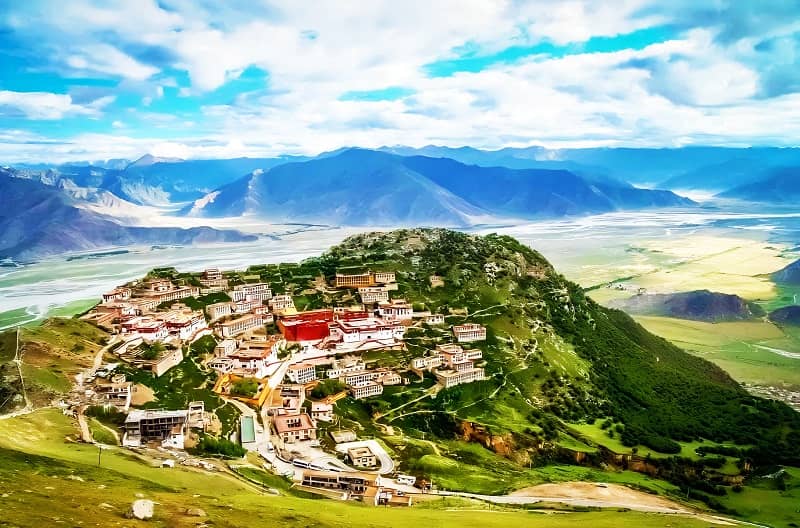
Ganden Monastery
Highlights:
-
Founder Tsongkhapa’s tomb
-
Picturesque kora route
-
Rich philosophical tradition
-
Panoramic mountain views
8. Mindrolling Monastery: A Hidden Treasure in Central Tibet
Situated in the Dranang Valley, Mindrolling is one of the six major Nyingma monasteries and stands out for its emphasis on Tibetan astronomy, medicine, and calligraphy alongside Buddhist philosophy. Originally built in 1676, its beautifully painted halls and towering stupa present a rare glimpse into the esoteric traditions of the Nyingma lineage.
Though less frequented than Lhasa’s famous temples, Mindrolling offers an intimate and authentic spiritual experience away from the tourist rush.

Mindrolling Monastery
Highlights:
-
Nyingma tradition and practices
-
25-metre-high stupa
-
Lush valley surroundings
-
Ancient library of scriptures
A Pilgrim’s Path Across the Plateau
Tibetan monasteries and temples are more than photogenic relics of the past—they are sacred spaces where the threads of history, devotion, and beauty weave into a living tapestry. Whether one seeks spiritual insight, architectural marvels, or the quiet power of high-altitude solitude, these monastic sanctuaries offer paths worth walking. Each monastery, from the iconic Jokhang to the remote Samye, whispers its own tale across the wind-blown plains and jagged mountains of Tibet. To travel here is not merely to see, but to listen—to the chants, the silence, and perhaps, to the soul.




